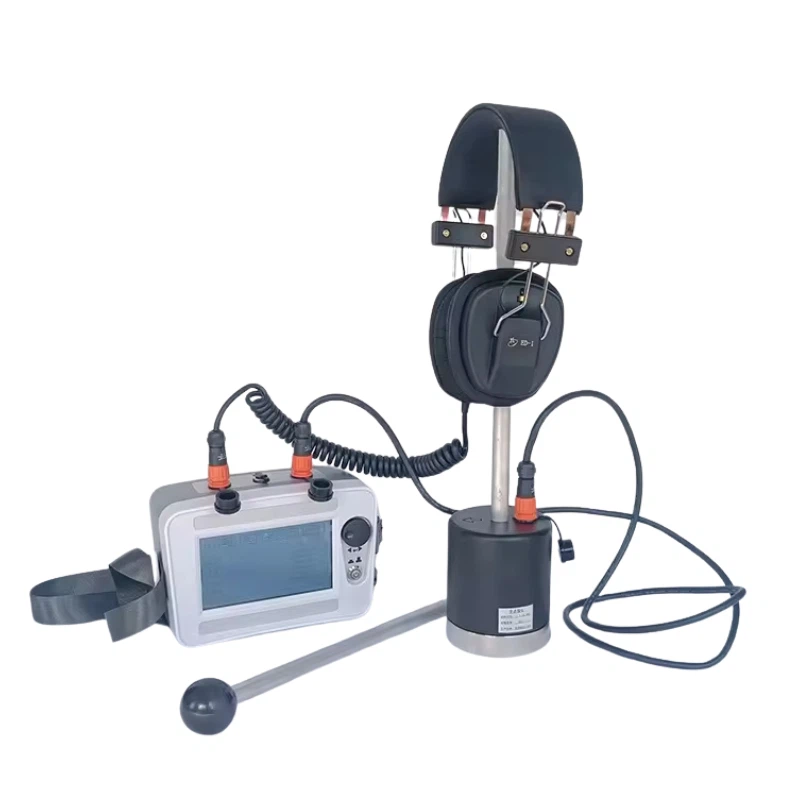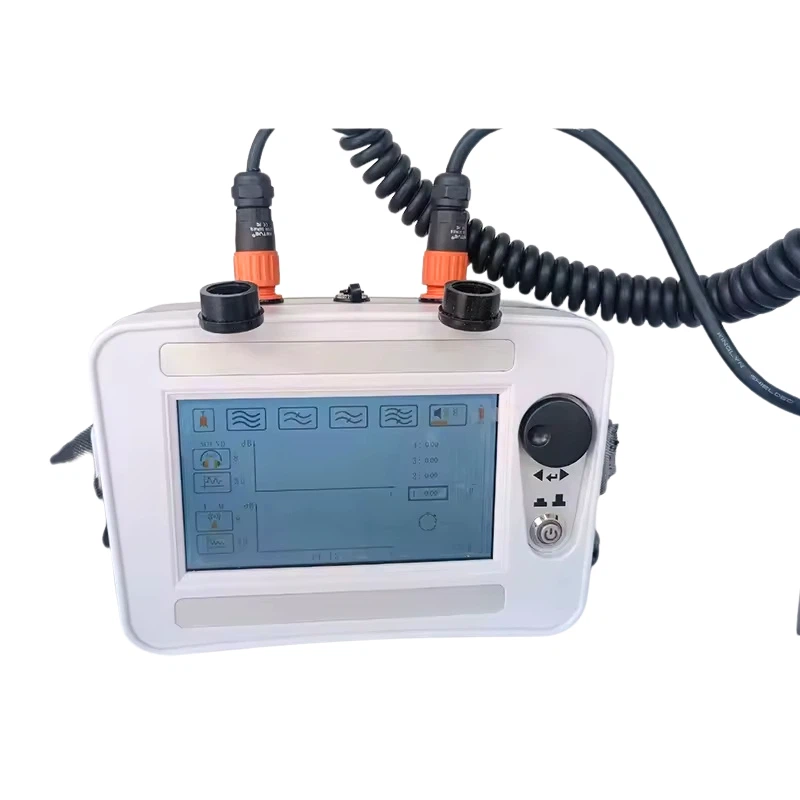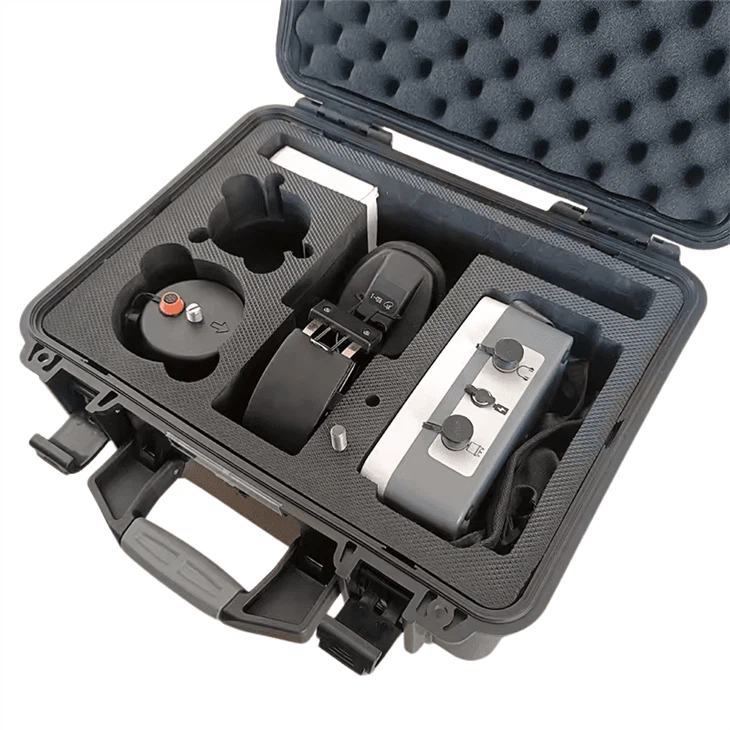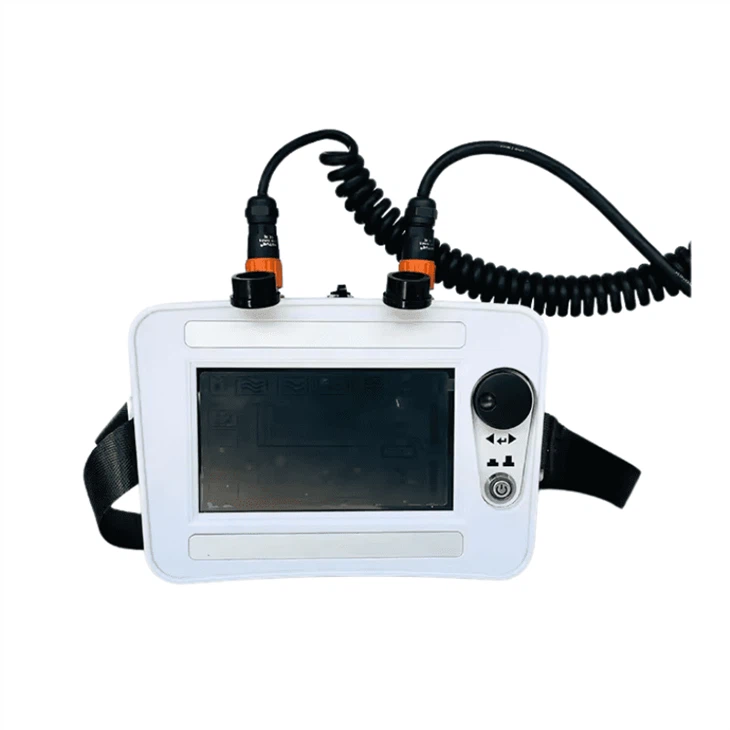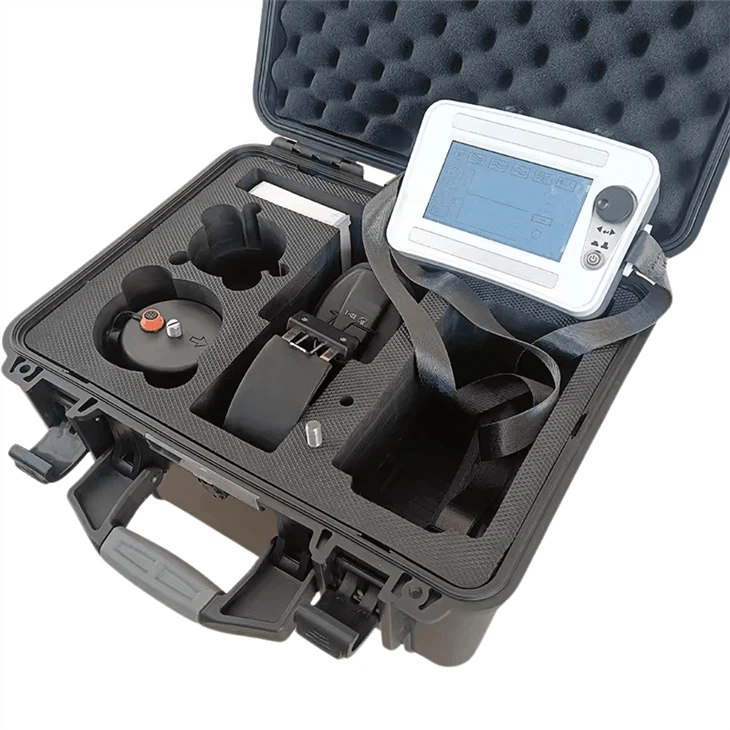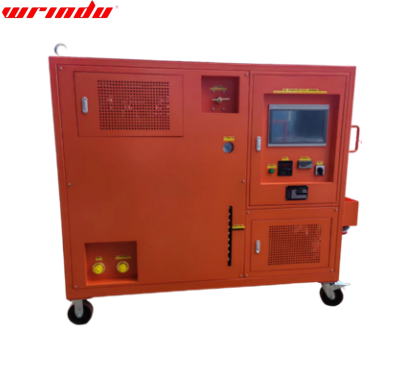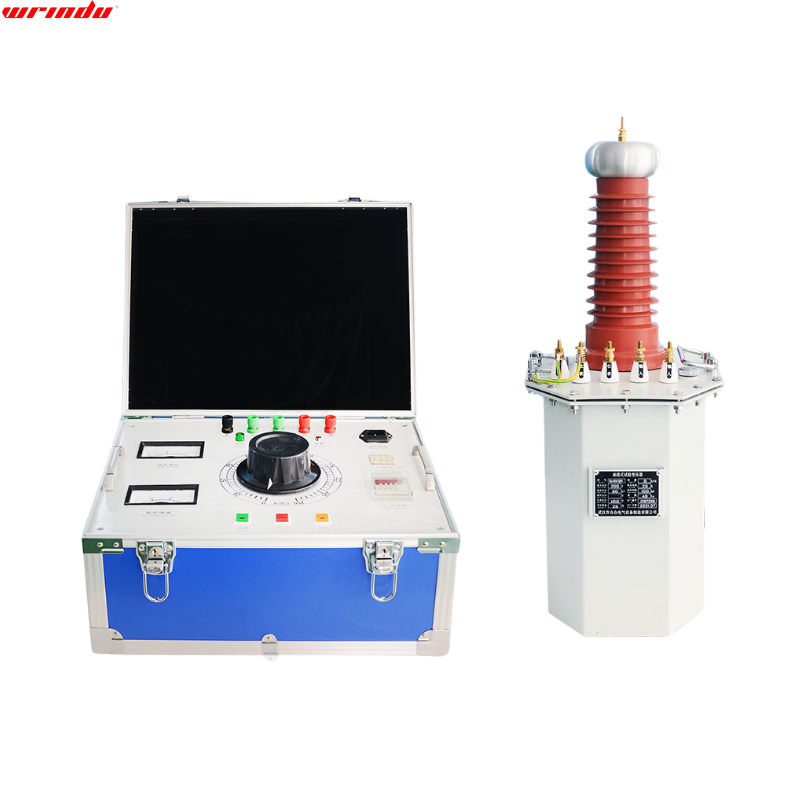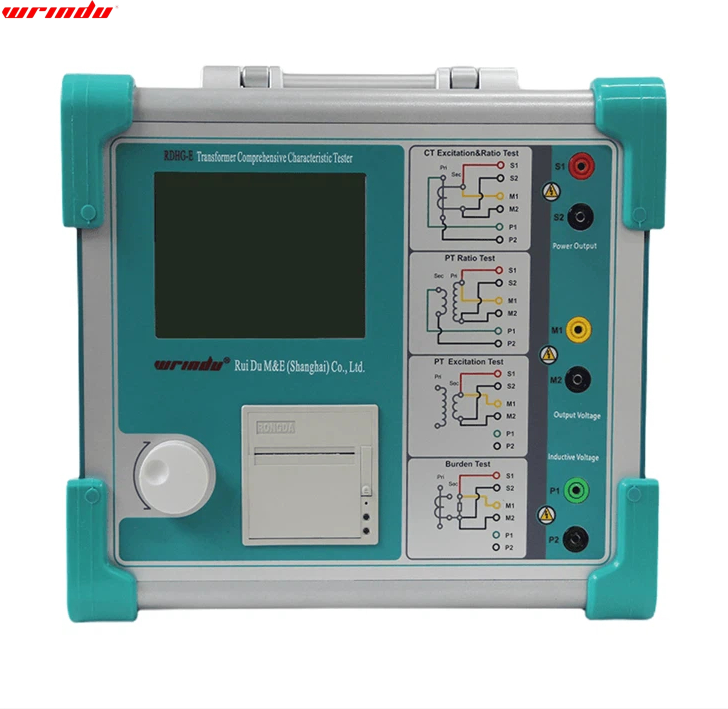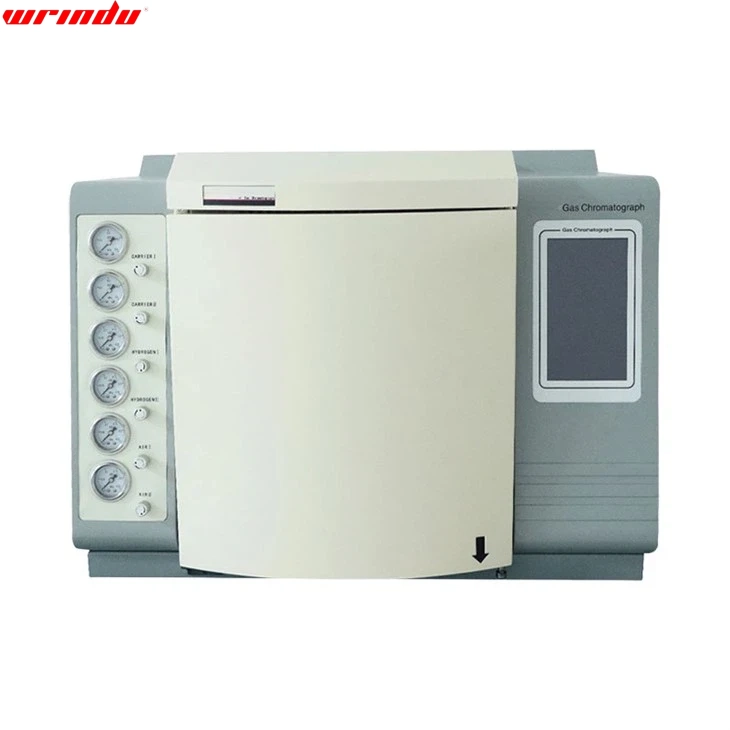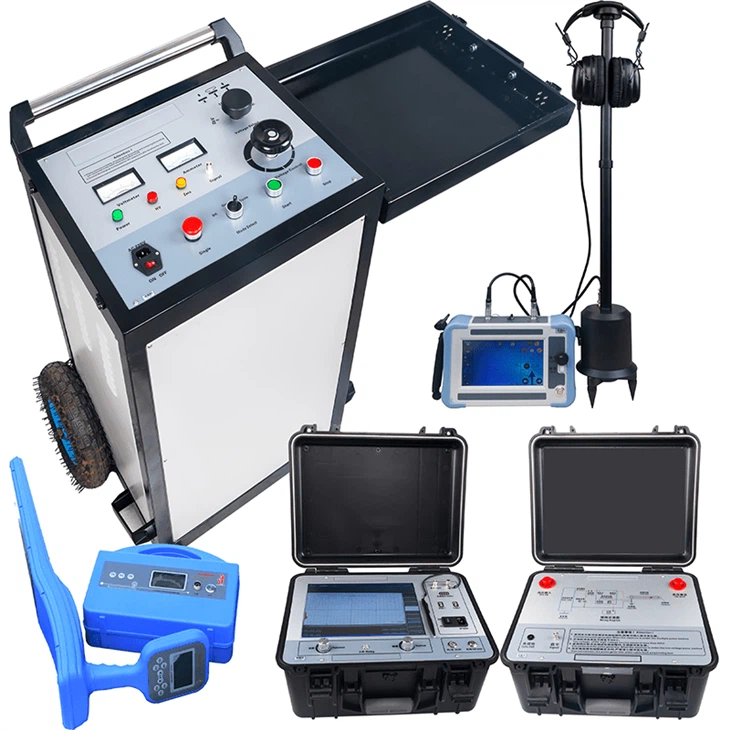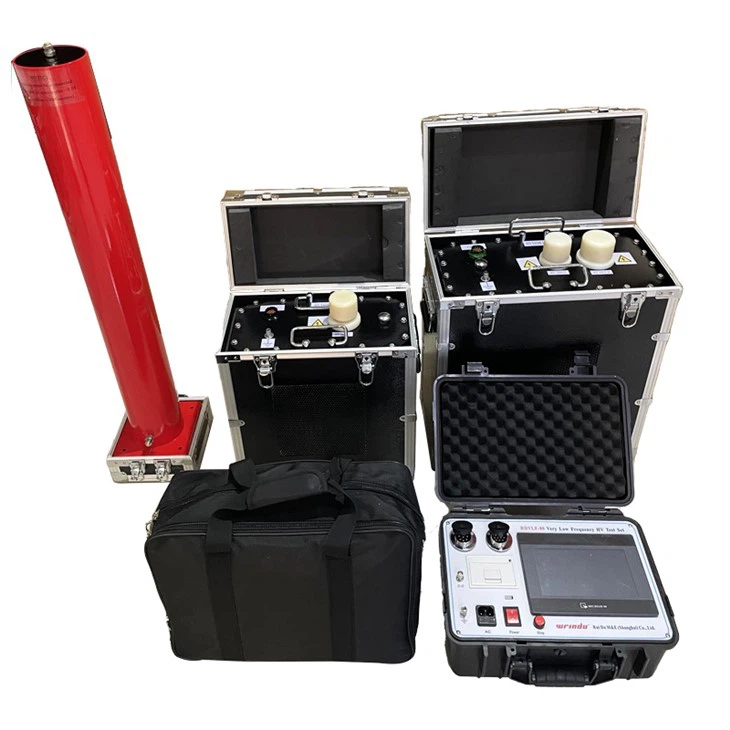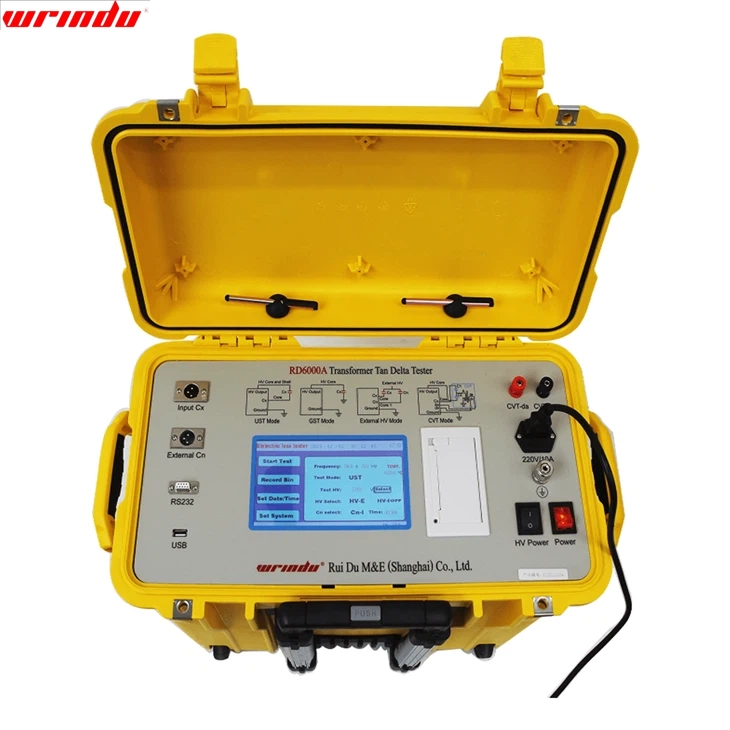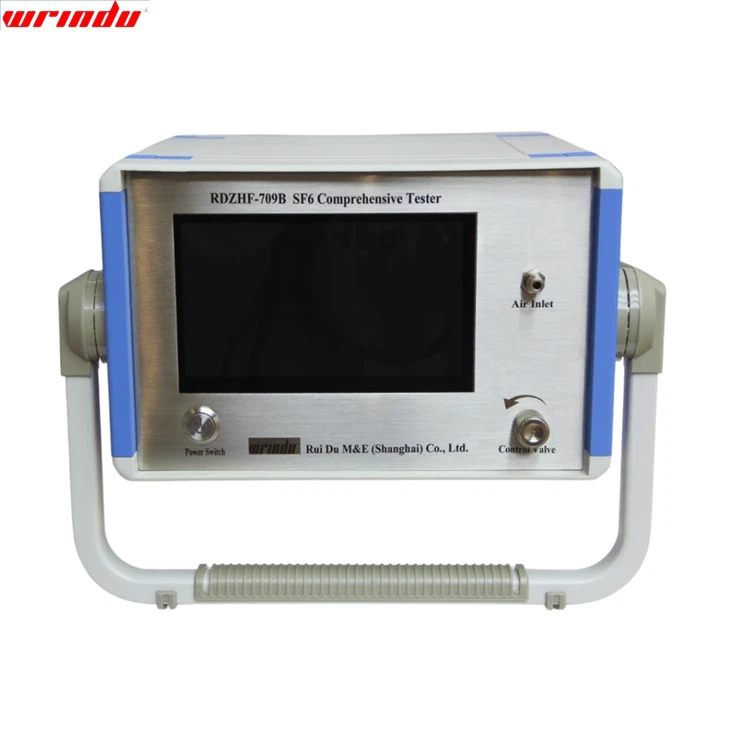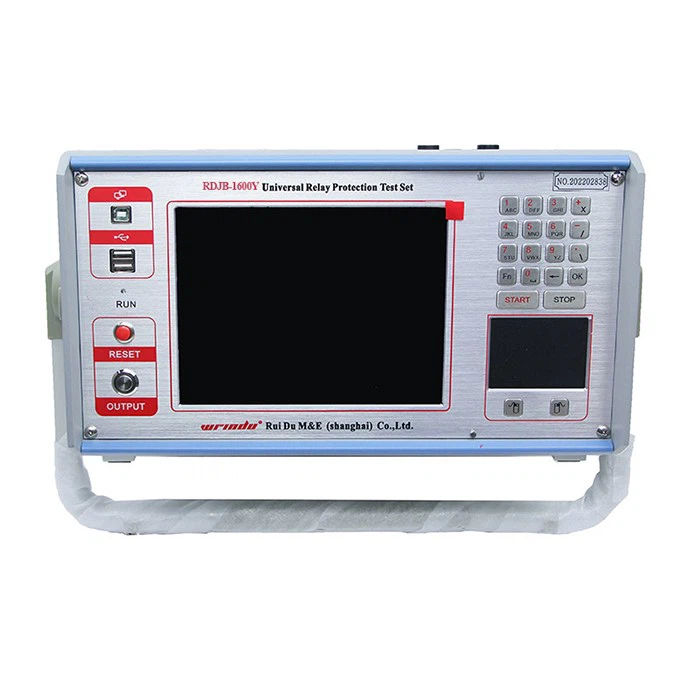OVERVIEW
The RDCD-Ⅱ-503D buried cable detector uses acoustic and magnetic synchronization to locate cable fault points accurately. It cooperates with the cable test high-voltage signal generator to generate an electronic flashover, and the acoustic and magnetic signals it stimulates are collected and amplified by a special probe. Operators rely on the auditory and visual information presented by the instrument to locate the rough measurement area accurately. The buried cable detector integrates acoustic and magnetic time difference positioning, noise reduction, and path-assisted testing technologies. It has a variety of test modes to efficiently and accurately position cable faults through rich prompts.
CHARACTERISTIC
- 1. Equipped with a 5-inch high-bright touch LCD screen to ensure clear visibility in the sun.
- 2. Use acousto-magnetic synchronous positioning technology to calculate the acousto-magnetic time difference automatically.
- 3. The gain and trigger values of the acoustic and magnetic signals can be manually adjusted to adapt to different environments.
- 4. It has background noise suppression technology and supports multiple filtering modes.
- 5. Provides BNR background noise reduction and silent noise reduction functions.
- 6. It is equipped with a path deviation indication function.
- 7. The buried cable detector has a multi-layer physical isolation signal sensor and IP65 waterproof level.
- 8. Built-in large-capacity lithium battery, ultra-long standby, and equipped with a fast charger.
- 9. The design is small and light, easy to operate, and the user interface is friendly.
For more information about cable fault test equipment, please click More.
To request the latest quotes, please click Contact Us.
FAQ
Q: How do you detect buried cables?
A: Various methods can detect a buried cable, including a line tracer, ground-penetrating radar, or an electromagnetic locator. However, the most effective way to locate and map an underground cable is by using an RTK-enabled wire locator device.
Q: What tool is used to check for underground cables?
A: A Cable Avoidance Tool (CAT) is used to detect underground cables. It identifies signals naturally emitted from metallic surfaces, enabling the user to trace the path of underground cabling.
Q: How do cable detectors work?
A:Cable detectors transmit a specific frequency signal into the cable or pipe in active mode. This signal travels along the conductor, generating an electromagnetic field. A receiver, tuned to the same frequency, detects this field on the surface, allowing the cable’s location to be traced.




